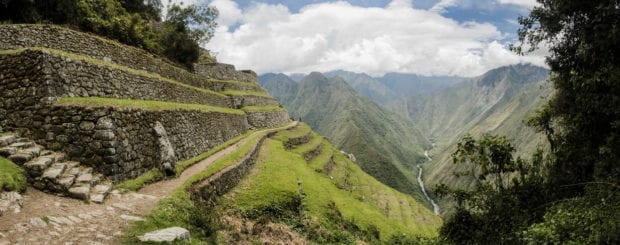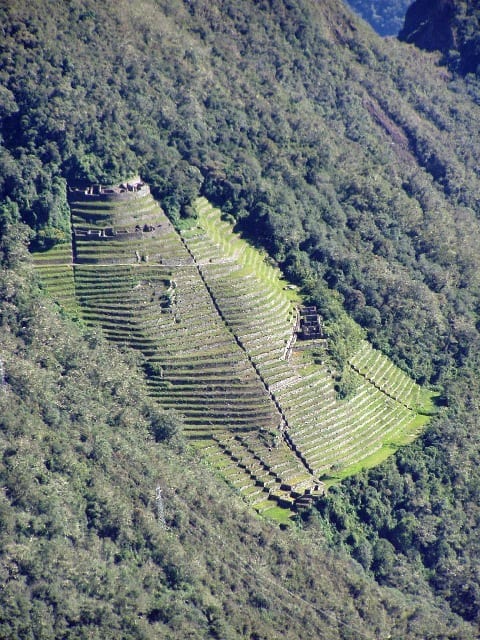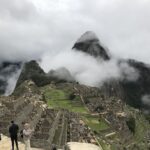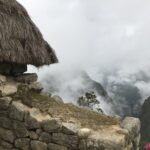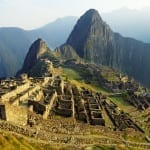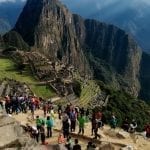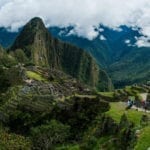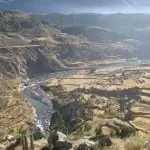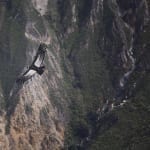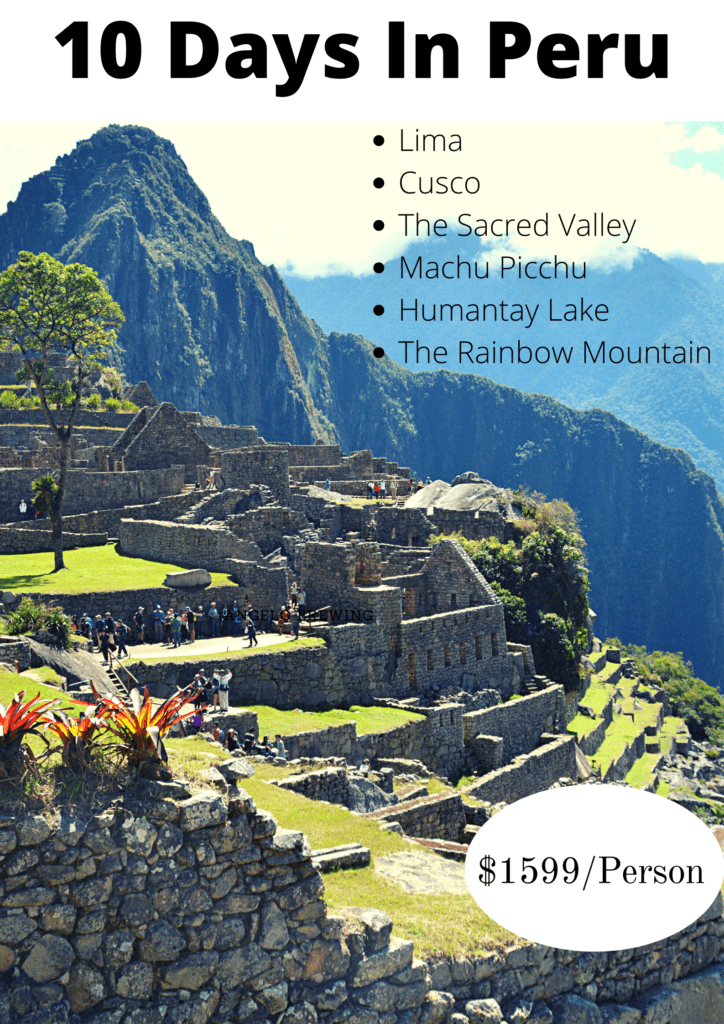The Intipata Ruins of The Inca Trail
James Bustamante is Native to New York but born to Peruvian parents. He has been traveling throughout Latin America since early 2003 and finally made his home in Peru. James has made his way by eating and traveling through almost every country in Central and South America.
Last Updated on March 8, 2021 by James Bustamante
The Intipata ruins are a kind of hidden gem in the classic four day Inca trail to Machu Picchu. A frequent question we get from our Inca trail hikers is always which and how many ruins will they see along the way. The Intipata ruins are sometimes referred to as the “gringo killers” because we visit them right before we begin our descent on day three of the hike.
The Intipata Ruins Rediscovered
In 1992 these terraces were found between the ruins of Winay Wayna and the Intipunku Sungate near the Machu Picchu complex. The University of Cusco assisted in clearing the vegetation around these newly re-found Inca ruins and 4 small buildings were eventually unearthed.
It appears that the route through the Intipata ruins would provide a shortcut to the direction of Machu Picchu. Plenty of maintenance had to be made at that point since Intpata had probably not been traveled through in 500 years.
The ruins are now an optional hike when taking the classic 4 day Inca trail to Machu Picchu. They will remain mostly hidden unless the hiking group decides to head in their direction. It is also possible to camp at Intipata on the evening of day three in the hike,
Location of the Intipata Ruins

The Intipata ruins are located at 9,300 feet (2,840 meters) above sea level and are relatively close to the Machu Picchu sanctuary.
These Inca ruins are situated between the Wiñay Wayna ruins and Intipunku (The sun gate to Machu Picchu). These are accessible on day three of the class Inca trail to Machu Picchu and will require a short 20-minute walk through an alternative path.
Construction of The Intipata Ruins
Intipata is in Quechua, the language of the Incas, and it translates to “place of the Sun”. It was built by the Inca on the side of a mountain.
It was constructed in a way to keep the natural aesthetic of the surrounding landscapes and had the purpose of crop growing. The views from the Intipata ruins are quite beautiful, this is particularly true in the mornings when the sun is just rising over the landscape.
The Purpose of The Intipata Ruins
Similar to many Incan archaeological sites, Intipata shows great evidence of having canals to water crips. These canals are distributed among each of the levels of stairs in the Intipata ruins.
These stairs or terraces are quite large and would have accommodated many different kinds of crops on different levels. Each level might have been specific to a certain plant.
These ruins were mostly used for the domestication of wild plant species. When you visit Intipata you will be able to see over 150 types of edible plants along the way.
Among the plants, the Inca domesticated would be the common potato. There are also quite a few aromatic plants and flowers in this region, so if you are into botany, this section should be quite entertaining.
Among some of the local flowers, you will see over 200 types of orchids along this stretch of the Inca trail, some can only be found right in this part of the cloud forest.
The purpose of the multi-leveled Intipata ruins was also to avoid the natural erosion of the mountain since this area was also used for religious ceremonies. The Incas tried to use as much land as effectively as possible in their crop growing ventures.
The ever-increasing Incan empire needed food and this was the best way to secure it. The Inca conquered new tribes very often and instead of killing them would offer to have them join their empire.
Getting to The Intipata Ruins
The Intipata ruins are located within the Machu Picchu sanctuary so when you see them, know that we are nearing the end of the Inca trail. On day 3 of this hike to Machu Picchu as we are near to the Wiñay Wayna ruins, we will have an option to take a small deviation on the trek.
Once we are near an electrical post we can make a left turn and head to the Intipata ruins of the Inca trail. The entire tour through these old Inca terraces will be of around 20 minutes. Depending on the group and the guide, you may choose to camp out here instead of near Wiñay Wayna.
Before Going to Intipata
The archaeological site is within the cloud forest so make sure you bring sunblock to avoid sunburn. The one thing we always recommend is to have some good repellent for the entire hike, however, you will mostly use it during the cloud forest stage of the hike.
This area closely resembles the Amazon rainforest (which is actually not too far) and thus, will have plenty of insects such as mosquitoes. This is particularly true if you are taking this hike during the start of the wet season (around November).
Conclusion
The Intipata ruins can be seen via the classic Inca trail to Machu Picchu and provide a type of shortcut through the mountainous path. Visiting these ruins is optional since they take time out from the rest of the ruins that can be seen during the same day.
You can choose to camp out by Intipata or go the more traveled route. Both are amazing and share spectacular views of the surrounding cloud forest. For more information on Intipata or any other destinations in Peru contact one of our travel advisers today.
Frequently Asked Questions About The Intipata Ruins
How can I visit the Intipata ruins?
You can visit the Intipata ruins on day three of the four-day Inca trail to Machu Picchu. It is an optional hike that will sometimes replace the Winay Wayna ruins.
What were the Intipata ruins used for?
According to scholars Intipata was used for growing crops and having religious rituals.
What does Intipata mean?
Intipata is written in the Inca’s language of” Quechua” and it means “Place of the sun”.
Can the Inca trail group camp at Intipata?
Yes, it is possible to camp at the Intipata ruins on the evening of day three of the Inca trail.
